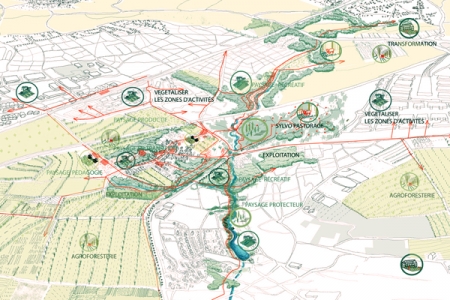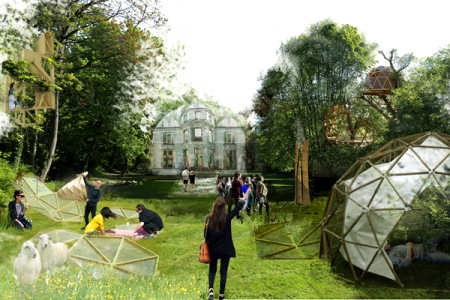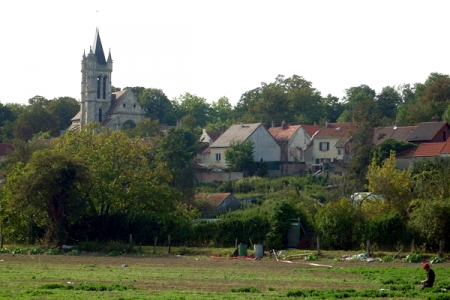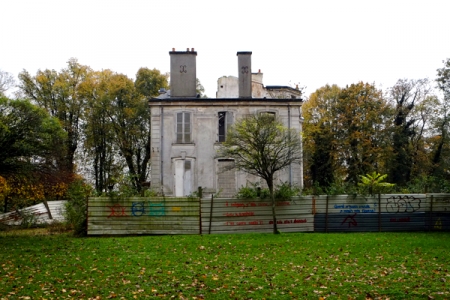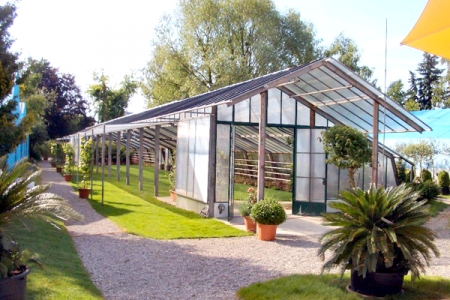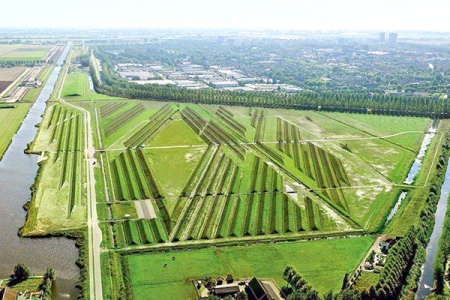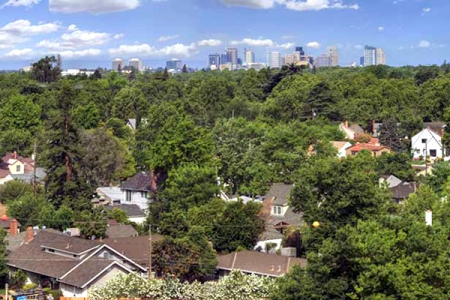Des racines et des ailes
Goussainville (FR) – Runner-up
TEAM DATA
Team Representative: Diana Levin (AT) – architect photographer; Associates: Sidonie Bouillerot (FR) – architect geographer; François Ricros (FR) – architect; Elodie Bru (FR) – interior architect
12 boulevard de la Chapelle, 75018 Paris – France
+33 6 84 76 13 04 – levin.d.arch@gmail.com
See the complete listing of portraits here
See the site page here

F. Ricros, D. Levin, E. Bru & S. Bouillerot
INTERVIEW
Click on the images to enlarge
1. How did you form the team for the competition?
This is the first time we have had the occasion to work together as one team, though some of us have already worked together on other projects.
We wanted to interweave our different skills and backgrounds (urban design, photography, architecture and interior design) that could be complementary and enriching in the process of the competition.
2. How do you define the main issue of your project, and how did you answer on this session main topic: Adaptability through Self-Organization, Sharing and/or Project (Process)?
The projects ambition is to find effective strategies that would resist long-term changes, but may need more build-up time that include ecology, landscape and production. This ambition gives the project its coherence over reoccurring questions but can be perceived as an impulse against the current rhythms of city planning. The natural surroundings, and agricultural activities of the region led us to the concept of a productive and decontaminating landscape. Existing, yet sometimes damaged structures could host micro-activities to complement existing ones.
3. How did this issue and the questions raised by the site mutation meet?
The sheer complexity of the project site, its environmental, economical and infrastructural issues contrasted to what we perceived inside the village. We immediately raised the question of the long-term use and its failure to adapt over time: the commissioning of the airport has proven quite incompatible with local projects in a coherent and durable way. We further observed many habitants enjoying their village and natural surroundings, though not very well preserved, disconnected and fragmented by infrastructures. We tried to consider pollution as a possible opportunity. Noise and air pollution from the construction of the airport CDG "froze" the village development and expansion but also moderated land speculation especially in the airport corridor areas. Forestry and forest-compatible activities became a strategy for a productive landscape - both for environmental as well as economical reasons.
4. Have you treated this issue previously? What were the reference projects that inspired yours?
Some of us have been confronted to similar issues through study or professional work on territories close to the airport, the question of agriculture and forestry in the present urban settings. Furthermore, wood as a resource being increasingly used in projects, some of us had the opportunity to work with this topic on an architectural scale. Some proposals for the Grand Paris 1 consultation and the Pierrelaye forest project inspired our research but the village and its physical structure encouraged us to go further and beyond.
We also compared the way some cities deal with polluted areas in vicinity of airports. Some of us explored in former projects the history of shaping the physical environment to create a symbiosis of functional landscape and pleasant environment.
A former research project also enabled us to experiment methods encountered through the act of walking, a device allowing connections between people and places, generating stories and landscapes, which inspired the programme of micro-activities.
5. Today –at the era of economic crisis and sustainability– the urban-architectural project should reconsider its production method in time; how did you integrate this issue in your project?
Rethinking a method to be less vulnerable to sudden economic shifts is an important element in our strategy but it is not the only reason that determines the need for a new approach. The property speculation and pressure emanating from the airport continues to disconnect the village but does not take place in the village itself due to its lateral position. We think that an economically autonomous project with environmental services could resist to pressure and sudden changes better. Although the project has to grow to fully develop its strength, we tried to imagine strategies that could benefit the village right now.
6. Is it the first time you have been awarded a prize at Europan? How could this help you in your professional career?
It is our first participation. We hope that a Europan award will offer us more credibility as young architects. Looking ahead we would like to exchange and share with the city council, services and officials ideas on how to adapt and integrate our proposal to the specific area.
